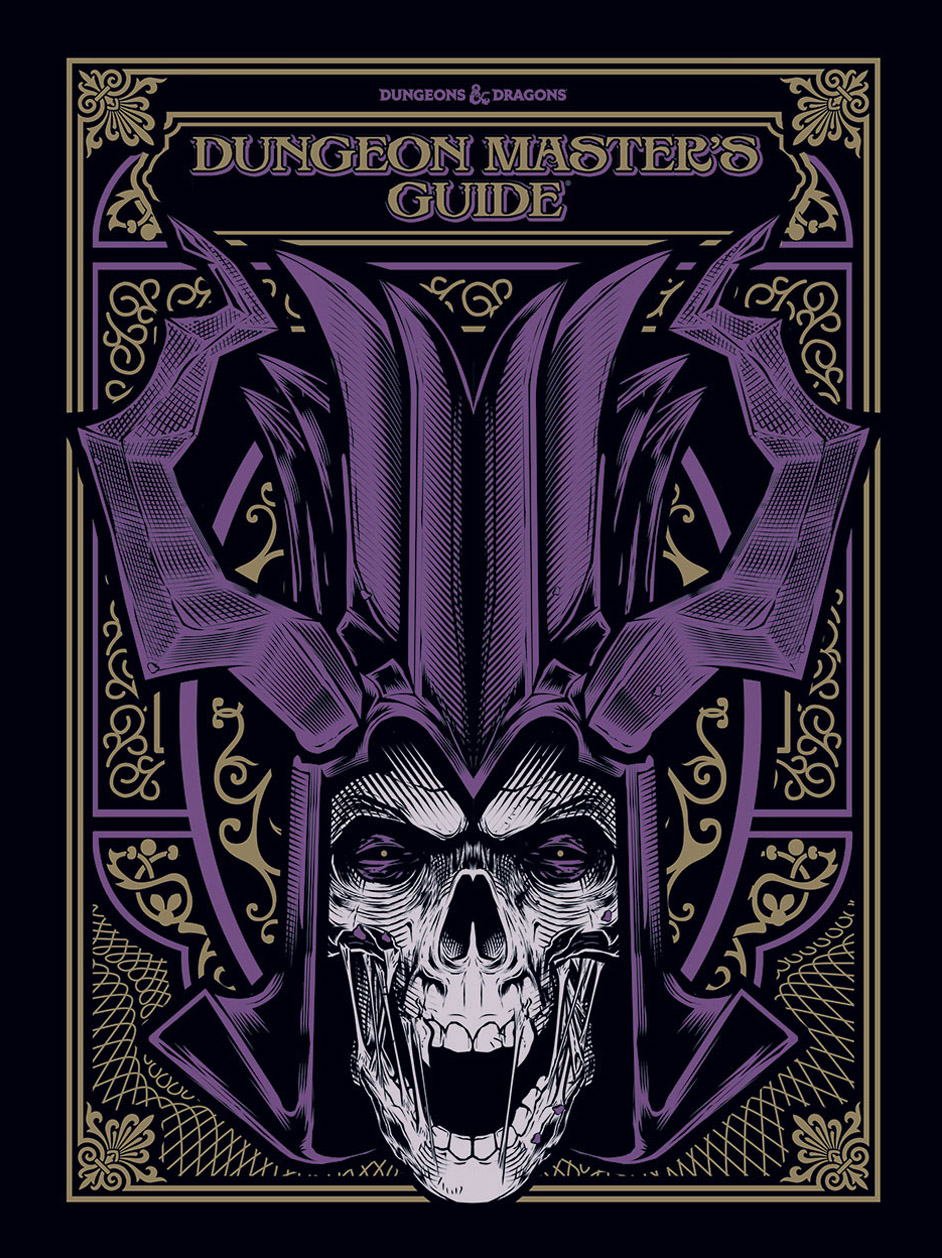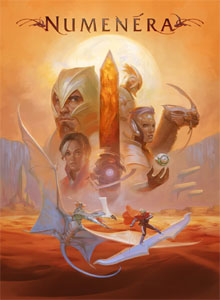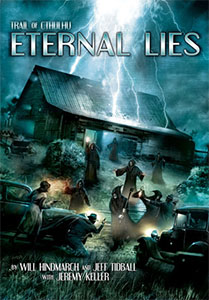
I woke up this morning with a cool idea for how to handle hydras in D&D. A quick check of the 5th Edition Monster Manual, however, alerted me to the fact that 5th Edition basically already did it that way.
Well played, 5th Edition.
Upon further investigation, it became clear that my subconscious had dredged up a goulash of 3rd Edition, 2nd Edition, and OD&D mechanics and then regurgitated them.
Which, upon further consideration is a pretty good summary of the design methodology of 5th Edition. (This is not a critique.)
Hydras, in D&D 5th Edition, work like this:
Multiple Heads. The hydra has five heads. While it has more than one head, the hydra has advantage on saving throws against being blinded, charmed, deafened, frightened, stunned, and knocked unconscious.
Whenever the hydra takes 25 or more damage in a single turn, one of its heads dies. If all of its heads die, the hydra dies.
At the end of its turn, it grows two heads for each of its heads that died since its last turn, unless it has taken fire damage since its last turn. The hydra regains 10 hit points for each head regrown in this way.
The heads give a couple other advantages (extra opportunity attacks, it can sleep while still having one head awake to keep watch), but that’s the fundamental mechanic that models the classic hydra.
There are a couple of changes to this approach that I’d like to experiment with:
- Eliminate the concept of “total hit points” entirely. You can’t kill a hydra unless you chop off all of its heads.
- Tweak the mechanic so that you can eliminate more than one head per turn.
So if a fighter gets in there and deals 50 points of damage, his flurrying blades will have hacked off a couple of heads at once. Then maybe the rogue leaps onto its back, deals another 25 points of damage, and hacks off a third head. On the hydra’s turn, it will grow back six heads (two for each severed head).
REVISING THE HYDRA
Thus we can say that a hydra should be mechanically defined as:
- # of heads
- A damage threshold at which it loses a head
- At the end of its next turn or after X rounds it can regrow two heads if it has a severed head
- A sealing condition (usually a type of damage) that prevents
- Dies when it runs out heads.
The “Hit Points” entry of their stat block would be listed as “Special”: They only die if they run out of heads.
Here’s what our revised hydra special abilities would look like:
Hydroid. The hydra has five heads. For every 25 points of damage the hydra suffers, one of its heads dies. If all of its heads die, the hydra dies.
At the end of its turn, the hydra grows two heads for each of its severed heads, unless it has taken fire damage since the head was severed.
Multiple Heads. While the hydra has more than one head, it has advantage on saving throws against being blinded, charmed, deafened, frightened, stunned, and knocked unconscious.
For each additional head beyond one, it gets an extra reaction that can be used only for opportunity attacks.
While the hydra sleeps, at least one of its heads is awake.
CREATING HYDROID CREATURES
These mechanics can be used as the basis for other hydroid creatures. Here are some proposed guidelines for doing so.
Damage Threshold. This is the number of hit points required to chop off one of the hydroid appendages. These numbers are loosely based around the idea that a character of the appropriate level should be roughly capable of taking out one head per turn.
CR 0-2 10 hp
CR 3-6 20 hp
CR 7-12 25 hp
CR 13-18 30 hp
CR 19-20 40 hp
I’d recommend halving this value if the sealing damage type or other condition is an unusual one. (This would mean that the killing the monster would typically require killing the heads faster than they can grow back.)
# of Heads. Using the Creating Quick Monster Stats table on p. 274 of the Dungeon Master’s Guide, multiply the minimum hit points for your selected CR by 0.75 and then divide by the damage threshold listed above for its CR.
For example, a CR 10 creature would have 206 hp using the table above, so multiply by 0.75 (154) and then divide by 25 (per the damage threshold table above) to determine that your monster should have six heads.
(This is based strictly on reverse-engineering the existing hydra stat block and it’s unclear if it holds up in practice. It seems to pretty reliably give you 4-8 heads, so you could also probably just get away with slotting in 5-6 heads and not worrying about it.)
You can also use this method to very quickly adapt existing stat blocks. For example, if you wanted to have a hydroid warg (CR ½) you’d take the warg’s current hit point total of 26, multiple by 0.75 (19.5), and then divide by 10. The hydroid warg would start with two heads.
Variant: Maximum Number of Heads. In 2nd Edition, Lernaen hydras could grow maximum of 12 heads. In 3rd Edition, they were limited to no more than twice its original number of heads. You might consider doing the same for some hydroid creatures.
DESIGN NOTES
Hydras have a well-known gimmick: They regrow their heads unless you cauterize the stumps with fire. It’s a fun gimmick the can create an encounter which mechanically feels different from other encounters. The only problem is that, because the hydra still has a hit points that’s easier to wipe out than its heads, the mechanical gimmick is irrelevant: There’s often little or no advantage to pursuing it, so parties will just bypass it.
This is boring.
So we fix it by eliminating the bypass. Just like you can’t bypass a troll’s regeneration by just dealing lots of hit point damage to it, you can’t bypass a hydra’s heads.
And, just as regeneration mechanics were created for trolls and now underlie a whole bunch of creatures, these hydroid mechanics can also be used for all kinds of things. We’ll take a look at several examples of this tomorrow.















